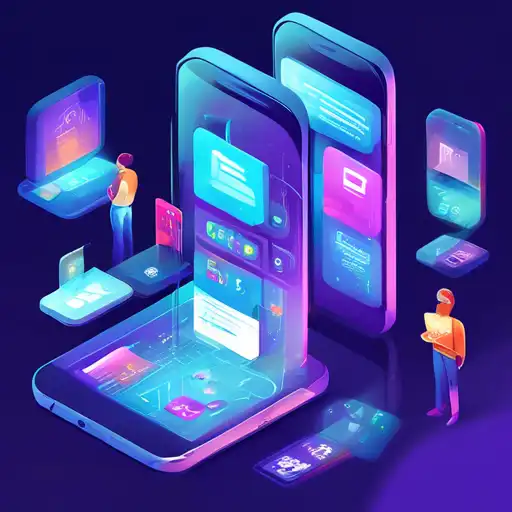Introduction to Mobile Development Trends
The mobile development landscape is continuously evolving, with new technologies and methodologies emerging at a rapid pace. As we look towards the future, several key trends are poised to shape the way developers create and users interact with mobile applications. This article explores these trends, offering insights into what's next for mobile development.
1. The Rise of 5G Technology
One of the most significant advancements in mobile technology is the rollout of 5G networks. With speeds up to 100 times faster than 4G, 5G is set to revolutionize mobile app development. Developers can now create more complex and data-intensive applications, from augmented reality (AR) experiences to real-time multiplayer gaming, without worrying about latency issues.
2. Artificial Intelligence and Machine Learning
Artificial Intelligence (AI) and Machine Learning (ML) are becoming increasingly integral to mobile apps. These technologies enable personalized user experiences, improved security through facial recognition, and smarter app functionalities. For instance, AI can analyze user behavior to offer tailored content, making apps more engaging and useful.
3. Cross-Platform Development Tools
The demand for cross-platform mobile apps is on the rise, thanks to frameworks like Flutter and React Native. These tools allow developers to write code once and deploy it across multiple platforms, significantly reducing development time and costs. As these frameworks continue to mature, we can expect even more efficient and powerful cross-platform solutions.
4. Internet of Things (IoT) Integration
Mobile apps are increasingly serving as the control center for IoT devices. From smart homes to wearable technology, the integration of mobile apps with IoT devices offers users unparalleled convenience and functionality. This trend is expected to grow, with more apps being developed to interact with a wide range of IoT devices.
5. Enhanced App Security
As mobile apps handle more sensitive user data, security has become a top priority for developers. Future trends include the adoption of blockchain technology for secure transactions and the use of biometric authentication methods to enhance app security. Developers are also focusing on compliance with data protection regulations to ensure user trust and safety.
Conclusion
The future of mobile development is bright, with emerging technologies offering new possibilities for innovation and user engagement. By staying abreast of these trends, developers can create apps that are not only functional but also secure, personalized, and ahead of the curve. The key to success in this rapidly changing landscape is continuous learning and adaptation.
